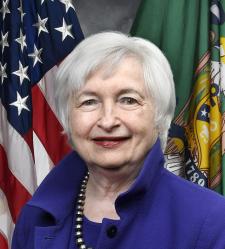The Brookings Institution is committed to quality, independence, and impact.
We are supported by a diverse array of funders. In line with our values and policies, each Brookings publication represents the sole views of its author(s).

Research
BPEA | 1988 No. 1


1988, No. 1
IN THE EARLY 1980s, the Keynesian view of business cycles was in trouble. The problem was not new empirical evidence against Keynesian theories, but weakness in the theories themselves. According to the Keynesian view, fluctuations in output arise largely from fluctuations in nominal aggregate demand. These changes in demand have real effects because nominal wages and prices are rigid. But in Keynesian models of the 1970s, the crucial nominal rigidities were assumed rather than explained-assumed directly, as in disequilibrium models, or introduced through theoretically arbitrary assumptions about labor contracts. Indeed, it was clearly in the interests of agents to eliminate the rigidities they were assumed to create. If wages, for example, were set above the market-clearing level, firms could increase profits by reducing wages. Microeconomics teaches us to reject models in which, as Robert Lucas puts it, “there are $500 bills on the sidewalk.” Thus the 1970s and early 1980s saw many economists turn away from Keynesian theories and toward new classical models with flexible wages and prices.